How to grow root celery: rules for sowing and caring for seedlings at home
Celery is an amazing crop with many health benefits. Thanks to vitamins and microelements, the root vegetable has a beneficial effect on the human body. For example, it improves metabolism, relieves tension, stress, irritability, and helps with increased fatigue. Of course, such a miracle can be bought in the store, but it is better to grow root celery in your garden or in your country house, after sowing seedlings at home.
Next, you will learn about when and how to plant root celery for seedlings and how to properly care for it, right up to planting in open ground.
Note! Similarly sown and grown through seedlings stalked celery. And here leaf can also be grown by direct sowing in the ground.

Content
When to plant root celery for seedlings: optimal timing
The timing of planting celery plays an important role, because the culture has a fairly long growing season (early varieties - from 120 to 150 days, mid- and late-ripening - up to 180 days).
Accordingly, celery is sown for seedlings one of the first, along with pepper, petunia and other small-seeded crops.
Recommended dates for sowing root celery for seedlings, depending on the climatic characteristics of the region:
- On South planting seedlings can be started from the beginning of February (some do this even at the end of January).
- In the middle lane (Moscow region) planting celery is optimal in the second half or end of February.
- In Siberia and the Urals sowing root celery seeds for seedlings is best from March. Similar sowing dates for the Leningrad region.
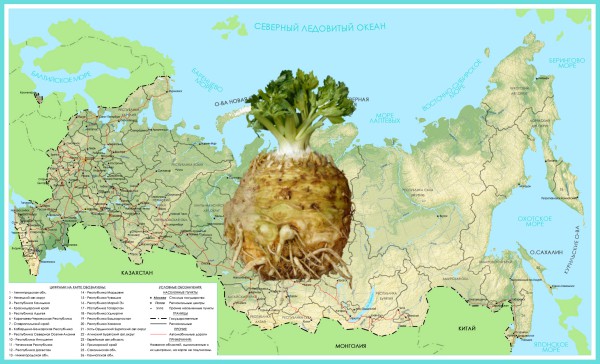
According to the lunar calendar in 2020
Many gardeners, choosing the best dates, adhere to the lunar planting calendar. This method is time-tested and has a large number of fans.
Sowing root celery seeds in 2020, according to the lunar calendar, is best on the following favorable dates:
- in February - 28, 29;
- in March - 8, 10, 16-19;
- in April - 5-7, 9-15, 17-22, 27-30;
- in May - 2-6, 9, 11, 12, 20-22, 29-31;
- in June - 7-9, 11-14.

In addition to good days, there are also days when planting work is extremely undesirable (the days of the Full Moon and New Moon, as well as the period when the Moon is in Aquarius, since this is a barren and dry sign -italicized). Unfavorable days, according to the lunar calendar, for planting celery in 2020 are the following dates:
- in February - 9,21-22, 23;
- in March - 9,19-21, 24;
- in April - 8,15-17, 23;
- in May - 7,13-14, 22;
- in June - 5,9-11, 21.
According to the lunar calendar, from the magazine "1000 Tips for Summer Residents".
How to prepare for planting root celery seedlings
Before proceeding with the direct procedure for sowing seeds, it is worth taking a responsible attitude to the choice of a suitable substrate, planting capacity, as well as the pre-sowing preparation of seed material.
Growing soil
A suitable substrate for sowing celery seeds for seedlings can be either purchased ready-made (the most common soil for growing vegetable seedlings), or prepared yourself at home.
The main thing is that the soil is light and loose (airy). This recommendation applies to all crops with small seeds (petunias, eustoma, lobelia, snapdragon).
You can independently prepare a soil mixture for growing root celery seedlings according to the following recipes:
- 2 parts of humus, 1 part of sod land, 1 part of peat and 1 part of sand.
- 2 parts of peat, 2 parts of humus and 1 part of sand.
Also, if desired, you can add to the potting mix wood ash (1 tbsp. L per 1 kg of soil).
Next you needdisinfect soil.
You can disinfect the soil mixture in the following ways:
- Ignite the soil by steaming in the oven, steaming or in the microwave.
- Spill with a pink solution of potassium permanganate or a solution of a more modern biofungicide Fitosporin (the second will be much more effective).
Better yet, do both (first ignite, then cool and spill with a fungicide solution).
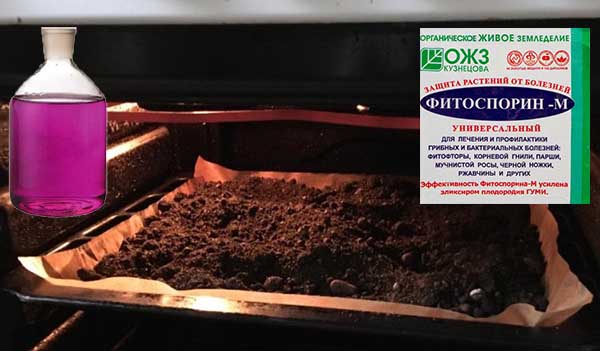
Because the seeds are very small and tender, it is very desirable just before sowing sift the soil through a sieve, so that there are no lumps or sticks in it.
By the way! It is not necessary to sift all the soil, it will be enough sift only its top layer (1-2 cm).
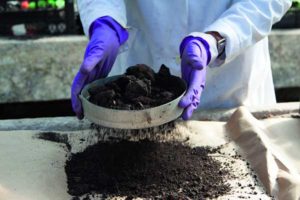
Planting containers
The following planting containers may be suitable options for sowing celery seeds;
- wooden or plastic box (container);
- plastic food container with a lid;
- plastic cassettes.
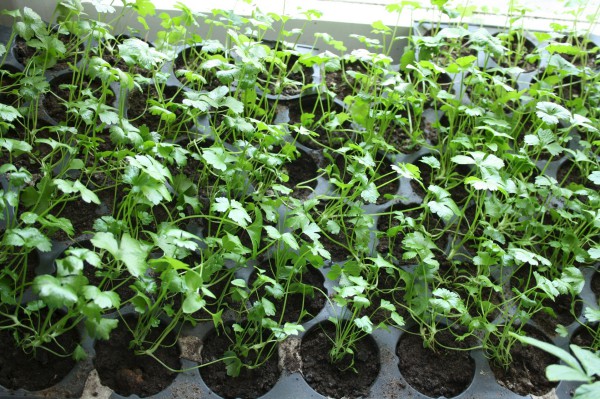
The landing container must have drain holesso that excess moisture can flow out unhindered.
Idea! If the container (for example, a plastic container) does not have drainage holes and you do not want to make them, then sand can be poured on the bottom or a drainage layer made of expanded clay can be made.
How to prepare seeds for planting
Celery belongs to the umbrella crops, the seeds of which are characterized by long and not very friendly germination, which can be increased with the help of their pre-sowing preparation (washing out of essential oils).
Advice! The site has a detailed article about how to carry out pre-sowing treatment of carrot seeds (for celery everything is the samesince both plants from the umbrella family).
Methods for planting celery seeds for seedlings
Standard sowing (with sand)
Step-by-step instructions for the classic sowing of petunia seeds for seedlings:
- Fill the planting container 3/4 full with a suitable soil mixture, level the surface and compact slightly.
- Moisten the soil thoroughly. Be sure to level the soil surface again after wetting.
The surface should beas flat as possiblesinceseeds will be sown superficially and compacted, that theydid not fall into the lower layers.
- Sow by scattering the seeds over the surface of the soil or spreading the seeds with a toothpick (after wetting the tip). The more evenly you distribute the seeds, the more convenient it will be for you to do pick.
In order for the seeds to spread over the surface as evenly as possible, they can be mixed with sand.
- If desired, you can lightly press down the seeds with your hand so that they seem to "stick" to the ground (in other words, it is desirable to ensure good contact of the seeds with the soil).
Note! In no case do not sprinkle the seeds with soil, otherwise they simply will not be able to break through the soil and you will not wait for any shoots. Sow only superficially!
It's another matter if you mix and sow seeds with river sand.
- Cover with a lid, glass, cling film, or put on a bag, in other words, make a mini greenhouse for a greenhouse effect (high temperature and humidity will help the seeds grow faster).
- Sign the container or label the seed pack so you know exactly what is planted.
- Remove container with seeds in warm and light a place, where the optimum temperature for seed germination is kept - +25 degrees (the lower the temperature, the longer you will have to wait for seedlings, the higher - the faster).
Video: the intricacies of sowing root celery seeds for seedlings with sand
Think! It is believed that small seeds germinate only in the light, therefore, in February, containers with crops are even placed under lamps. However, as practice shows, this is not entirely true. The seed bowl can be easily removed to a kitchen cabinet or other warm place. Another thing is that you need to quickly rearrange the container with the emerging seedlings into the light, otherwise the seedlings will instantly stretch out.
Sowing in the snow
Because celery is planted in winter (in February-March), it is very convenient to sow seeds in the snow (they are banal will be better seen on a white background).
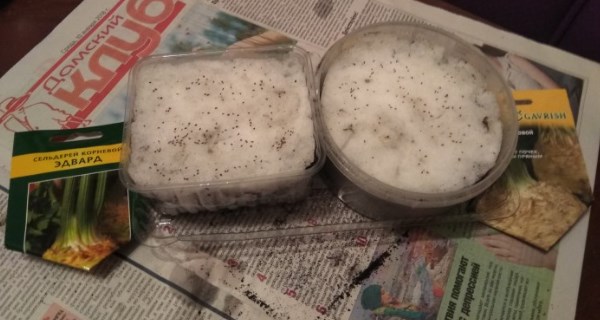
So, on top of the soil mixture, you need to lay a 1-2 centimeter layer of snow, on which you sow the seeds evenly. Wait for the snow to melt, cover with foil or a lid and remove to a warm and bright place (+25 degrees).
Remember! The container must necessarily contain drain holeswhere all the melted snow will go.
The advantage of planting celery seeds in the snow is that after it melts, the seeds will be in the ground at the optimum depth (they will be only slightly “pressed” (pulled) into the uppermost soil layer).
Video: how to sow celery for seedlings - different methods of seed treatment and methods of sowing them (including snow)
Caring for root celery seedlings after sowing seeds
The main feature of celery seeds (like other umbrella crops) is the presence of essential oils in themwhich significantly inhibit their germination.That is why it is recommended to conduct them pre-sowing treatment in order to wash out essential oils... Accordingly, if you have not carried out the processing, then the seedlings will have to wait for a relatively long time (on average - 10-14 days, maximum - up to 3 weeks).
Until the seeds germinate, you need to monitor the condition of your "greenhouse", namely to ventilate and remove the condensate that appears daily.
And when the seeds hatch and most of them sprout, the cover (film) should be removed completely.
Next, you should take care of creating optimal conditions for growing celery seedlings at home.
Important! Celery grows rather slowly at the beginning, and then very quickly (provided there is good lighting).
Lighting
Immediately after the emergence of seedlings, the seedlings need to be urgently rearranged to the lightest southern window sill (at least - southeastern or western).
However, since sowing is carried out even in winter (in February-early March), when the daylight hours are quite short, then after the emergence of seedlings, it is better to illuminate the seedlings with phytolamps.
Celery requires a full 12-hour day for normal growth and development.
So, in the first 5-7 days, it is generally advisable to carry out additional lighting around the clock. And then the backlight is turned on only in the morning and in the evening, as well as in the afternoon, when it is cloudy, keeping the seedlings on the windowsill.

If you do not provide the seedlings with enough light, then they will begin stretch out and will look like "thin threads". In this case, you can help the seedlings, sprinkling it with sand or vermiculite.
Temperature
As soon as the celery seeds begin to germinate, the shelter will need to be removed, and the box (planting container) should be transferred to a windowsill or another relatively cool place and the temperature will need to be lowered to +16 .. + 18 degrees.
In the future, the seedling containers can be placed in warmer conditions. Namely the optimum temperature for growing celery seedlings is + 15-20 degrees.
Celery is a fairly cold-resistant culture.
Watering
Watering young plants should be extremely careful. At first, it is better to do this with a syringe or syringe (pear enema), moistening along the edge of the container or in the aisles.
In no case should young seedlings be transfused, otherwise they may get sick. black leg.
As the seedlings grow, the number and frequency of watering will need to be gradually increased, and by the time the seedlings are planted in the ground, it will be watered almost every day.
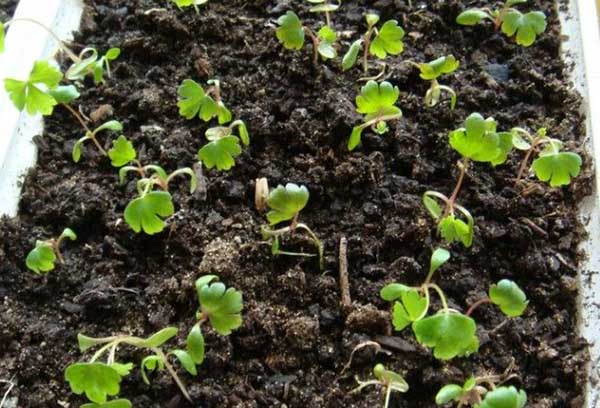
Picking
As a rule, the picking of root celery seedlings is carried out when the first pair (2 pieces) of true leaves appears in the seedlings (it will be quite enough if 1 leaf is already formed, and the second one is just beginning to appear).
As for the approximate timing, the picking of celery is carried out approximately 3-4 weeks after germination (or 4-5 weeks after sowing).
By the way! If the seedlings are thickened, then you can dive before the appearance of real leaves so that the seedlings do not stretch out due to the density and lack of light.
So, the day before the pick, it is advisable to water the seedlings abundantly with plain water (so that it is convenient to remove the seedlings) and, if desired, sprinkle with one of the growth regulators (Epin, Zircon or Energen) to reduce stress.
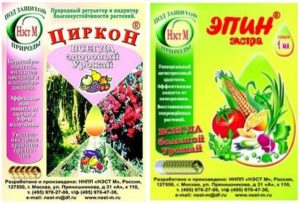
Also, in advance you need to prepare containers for picking and a new soil:
- Soil mix for further growing seedlings, you can use the same one as for sowing seeds, only now it is already can and should be made more nutritious. Namely, it would be good to add more humus, wood ash, you can also add some kind of complex fertilizer. At the end, be sure to spend disinfection (for example, spilling solution Fitosporin).
- As dive containers it is convenient to use individual containers - cups, pots or cassettes. Volume 200-300 ml. And don't forget to do drain holes.
The very procedure for picking celery is more than standard:
- fill the containers with soil, in the middle of which you make small depressions;
- gently remove the seedlings from the common container with a spoon or stick;
Advice! If you have very dense seedlings, then it is advisable to first pull out the seedlings with an earthen lump, for example, putting them on a newspaper or a flat plate, divide them into parts and open them.
- dip into previously made holes almost to cotyledons and very lightly squeeze the earth from the edges (it is even better to just sprinkle it so as not to injure the roots for sure);
In no case should celery seedlings be buried.
- spill abundantly so that the root system comes into direct contact with the new soil;
If you previously forgot to disinfect the soil, then you can do it now - spill the seedlings with a solution Fitosporin.
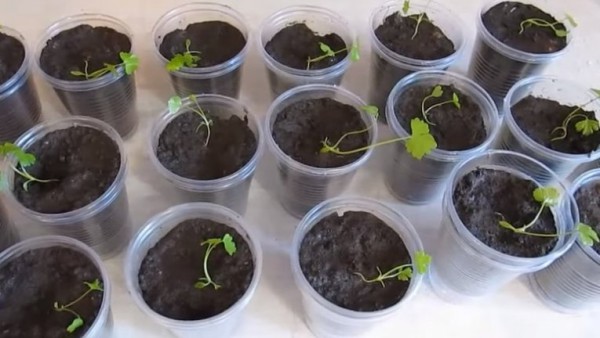
- put the unpicked seedlings not on a lighted windowsill, in a light partial shade - on diffused light.
Video: how to properly dive celery seedlings
Leaving after a pick
So, then you need to continue to maintain the light (you can already remove the backlight and rearrange it on the windowsill) and temperature conditions (+ 18-22 degrees), increase the volume and frequency of watering, and also start feeding your plants as needed and do not forget to harden before planting in the ground.
Top dressing
As you understand, the picking procedure is enough severe stress for any plantespecially for its root system.
Therefore, after a pick, it is very convenient to use special root growth stimulants, for example, the same Kornevin (full analogues - Ukorenit, Root Super), Heteroauxin, and Kornerost.
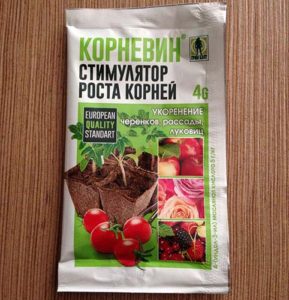
By the way! You can also use to relieve stress Epin, Zircon or Energen.
The first complete feeding of celery seedlings is carried out 7-14 days after the pick, when the plants will successfully root in new containers and will continue to grow, namely will release new real leaves.
Important! If you have planted the seedlings in a sufficiently nutritious soil, then you do not need to feed the seedlings for no reason (for example, due to the deterioration of its appearance).
Obviously, during this period, seedlings need lot nitrogen for the formation of leaf mass (aerial part of the plant), therefore, nitrogen fertilizers such as urea and ammonium nitrate.
However, it is much more efficient and convenient to use complex mineral fertilizers, for example, the same nitroammophos (nitrogen, phosphorus, potassium - all 16%).
In this case, it is still advisable to use complex fertilizers, which also contain and trace elements, for example, Fertiku Lux.
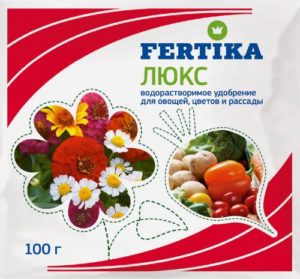
Universal rules for feeding seedlings:
- Liquid fertilizing is always carried out on already wet soil, which means that you must first water the seedlings (preferably, having done this the day before feeding).
- The feeding itself is recommended to be carried out in the morning (before 10-11) or in the evening (after 18-19 hours).
- Before planting seedlings in the ground, if desired and necessary, you can carry out several dressings (every 10-14 days).
Hardening
5-7 days before the expected date of planting seedlings in the ground, celery should be hardened, gradually adapting to more severe outdoor growing conditions. Namely, it is necessary to put it in a greenhouse, on a balcony or an open loggia. First for 1-2 hours, then for 3-4, then for 7-8 hours, eventually bringing the time away from home to 12 hours.
When and how to plant root celery seedlings in open ground
Advice! About toWhen to plant celery root and how to care for it laterto get a rich harvest, detailed in this article.
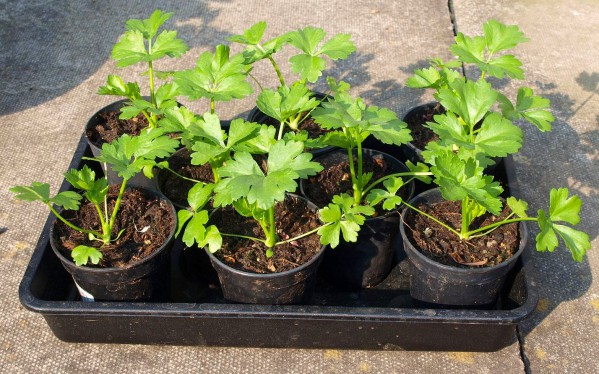
Perhaps you must agree that growing celery seedlings is not such a difficult task, even for a novice gardener. Good luck!
Note! All failures with growing seedlings of root celery, as a rule, are associated with improper sowing of seeds, namely because of their deepening (sprinkling with soil), although all small-seeded crops must be sown extremely superficially (The same petunias, eustoma, lobelia, Snapdragon).

